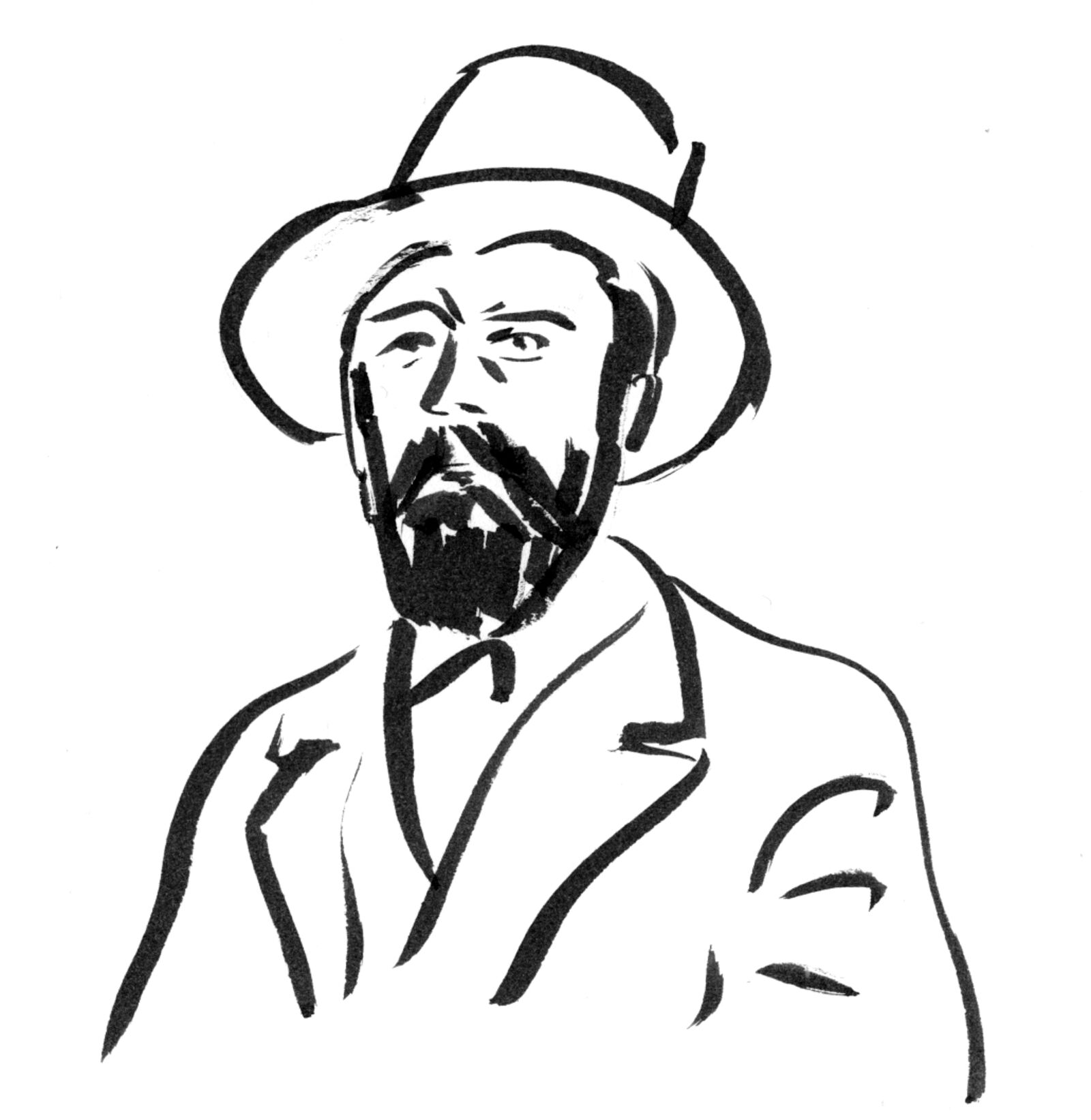
Laura Junger
Maximilien Luce
born 1858 in Paris
died 1941 in Paris
Luce was a proponent of Neo-Impressionism. Trained in the Divisionist method of painting, he created landscapes and city views that reveal the effects of industrialization on the modern world of labor.

Sammlung Hasso Plattner
Maximilien Luce: The Seine at the Pont Saint-Michel, 1900
Luce came from humble circumstances and grew up in the working-class neighborhood of Montparnasse in Paris. He began a course of training as a draftsman and learned printmaking methods. His first magazine illustrations were published in 1876. At the same time, Luce continued his artistic education; he attended the independent Académie Suisse and studied painting in private studios. Around 1885 he engaged in intensive study of the color theories of Georges Seurat.
In 1887, Luce showed his paintings for the first time at the Salon des Indépendants in Paris. There he made the acquaintance of Camille Pissarro and Paul Signac, who acquired one of his Divisionist works. In 1892 he traveled to London with Pissarro to visit the latter’s son Lucien, where he encountered the work of the English landscape painter William Turner. The same year, he joined Signac on a trip to Saint-Tropez in the south of France, followed by journeys to the coast of Brittany.
In his work, Luce, who espoused anarchistic ideas, also explored aspects of urban life and industrialization from a socially critical perspective. Around 1900 he created a series of views of the Seine from the Quai Saint-Michel, not far from the cathedral of Notre-Dame in Paris. In addition to his landscapes and city views, Luce also painted domestic scenes and portraits, including portraits of his fellow artists Signac and Henri-Edmond Cross. His late work is dominated by a looser, late Impressionist brushstroke.
Luce in the collection
Maximilien Luce is represented with one work in the Hasso Plattner Collection, on view in the Museum Barberini as a permanent loan from the Hasso Plattner Foundation. With over 110 paintings of French Impressionism and Post-Impressionism, including masterpieces by Claude Monet, Pierre-Auguste Renoir, Berthe Morisot, Gustave Caillebotte, and Paul Signac, the museum in Potsdam is one of the most important centers of Impressionist landscape painting in the world.



